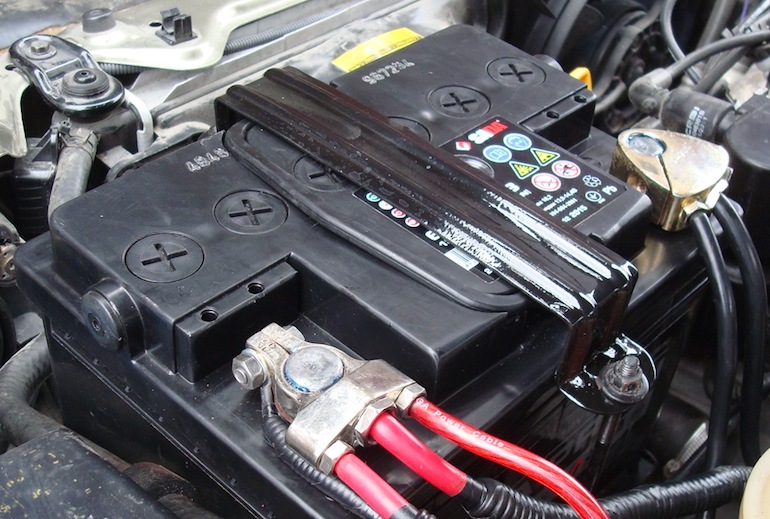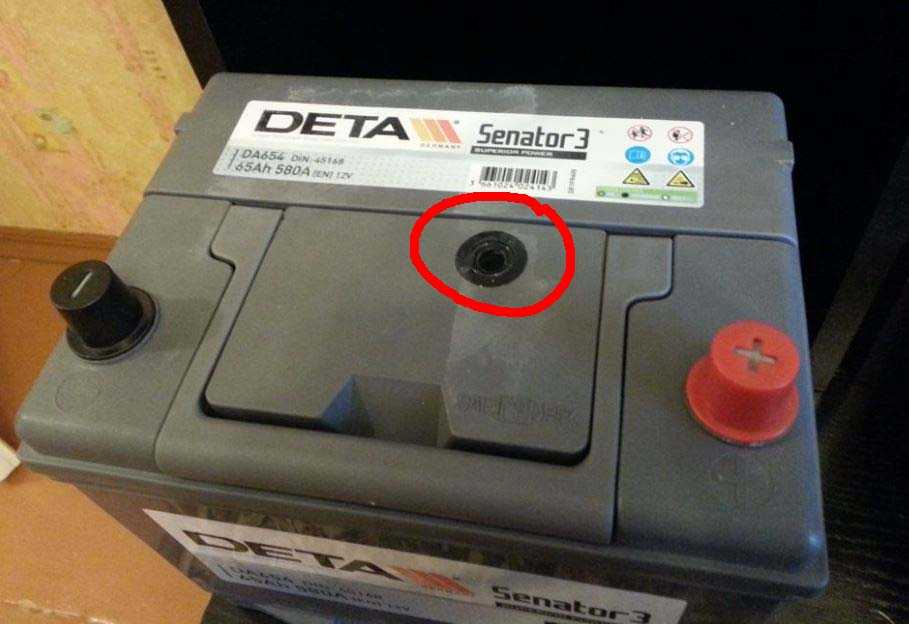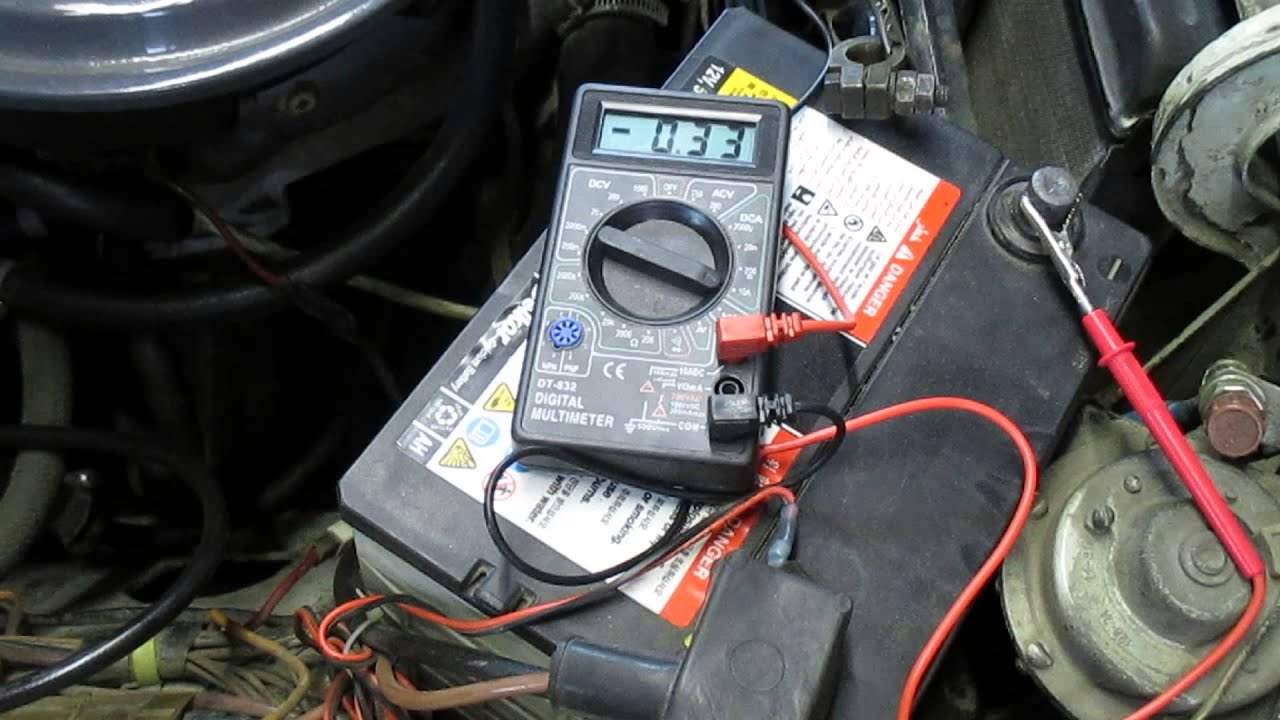
How to check the current leakage on a car with a multimeter? Video
Every driver is familiar with the situation of a discharged battery. Yesterday only it was charged with the help of an automatic charger, and since the very morning the battery refuses to turn the starter. There can be several reasons for this problem:
- absent-mindedness - they forgot to turn off one of the consumers of electricity;
- incorrect connection of consumers - they do not turn off after removing the key from the ignition and turning off the engine;
- too many additional devices are connected, including the alarm system, that are not provided for by the characteristics of the vehicle and the capacity of the battery;
- self-discharge of the battery due to its wear and decrease in the usable area of the lead plates.
If none of the above is suitable in your case, then there is only one reason left - current leakage.
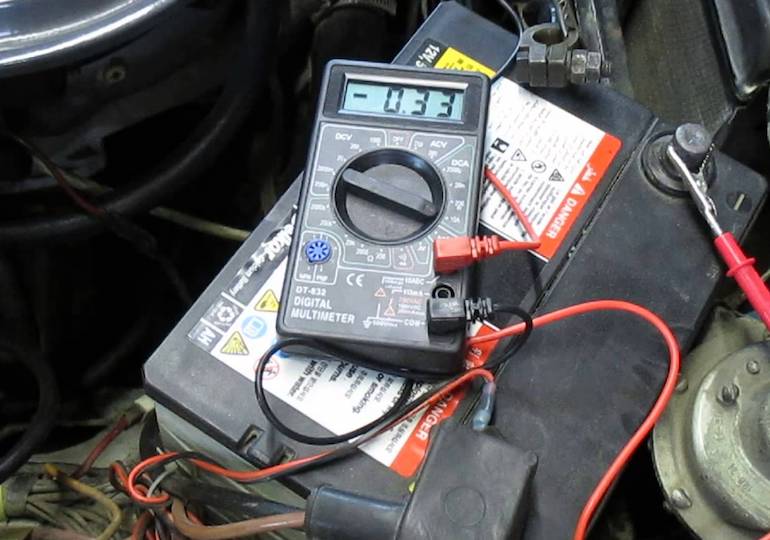
Why does current leakage occur?
First of all, it must be said that charge leakage is divided into two categories:
- normal, natural;
- defective.
The battery constantly gives a charge even at rest to consumers (anti-theft, computer). Also, losses occur for purely physical reasons due to the potential difference. Nothing can be done about these losses. That is, you just have to come to terms with the fact that the alarm works all night long, gradually discharging the battery.
Defective losses occur due to various problems besides those listed above:
- poor fixation of the terminals on the battery electrodes due to contamination and oxidation;
- short circuit between winding turns in electric motors of various connected devices - fan, generator, starter;
- any electrical equipment is out of order;
- again, incorrect connection of devices directly to the battery, and not to the instrument panel through the ignition switch.
The natural discharge of the battery practically does not affect its capacity and technical condition. Accordingly, a car with serviceable electrical equipment and with the correct consumer connection schemes can stand idle for several days. In this case, self-discharge will be minimal. If the leak is really serious, then several hours will be enough for the battery to be completely discharged.
The problem is further aggravated by the fact, as we previously wrote in an article on vodi.su, that in urban conditions the generator does not have time to generate enough electricity to charge the starter battery to 100 percent.
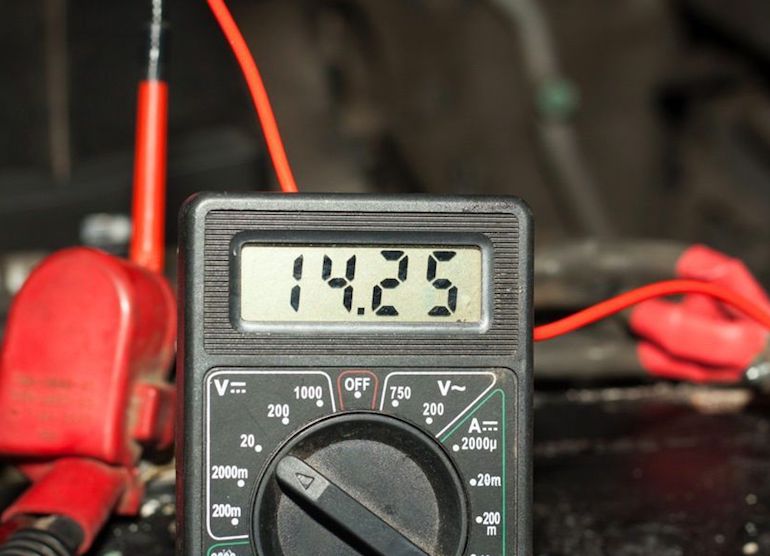
Deep battery discharge is a common cause of complaints
According to sellers in car dealerships, one of the most common reasons for returning a battery on a complaint is the rapid discharge of the battery and the presence of a white coating in the electrolyte, due to which it loses transparency and becomes cloudy. As we wrote earlier, this case will not be guaranteed, since the battery does not function due to the fault of the owner. This symptom - a cloudy electrolyte with a white impurity - indicates that the battery has been repeatedly subjected to deep discharge. Accordingly, current leakage is precisely one of the causes of battery discharge.
Sulphation, that is, the process of formation of white crystals of lead sulfate, is a completely natural consequence of the discharge. But if the battery is operating normally and is discharged within acceptable limits, the crystals do not grow to large sizes and have time to dissolve. If the battery is constantly being discharged, then these crystals settle on the plates, clogging them, which reduces the capacity.
Thus, the presence of leakage currents above the norm will lead to the fact that you will have to constantly change the battery. And the thing is not cheap. Therefore, we recommend that you immediately look for a breakdown using simple old-fashioned methods. Or go to the service station, where the auto electrician will quickly install and fix the leak.
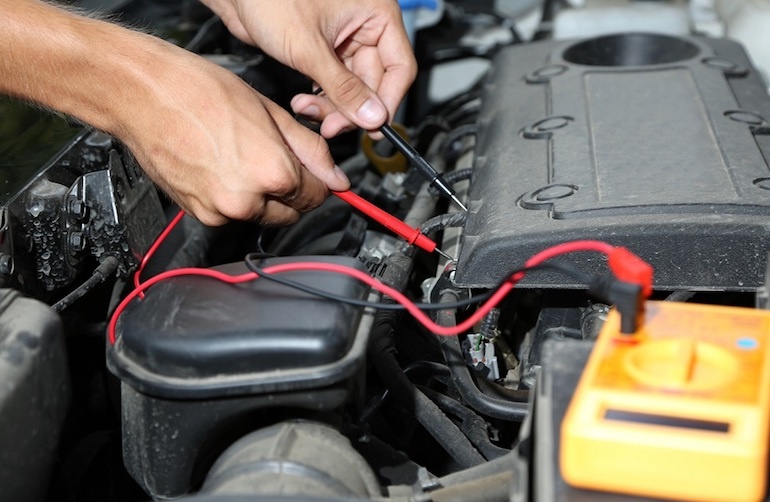
Leak test
A simple operation will allow you to establish the fact of the presence of a current loss in general, without being tied to a specific electrical equipment.
Here are the basic steps:
- we turn off the engine;
- we take the tester and transfer it to the DC ammeter mode;
- we throw off the negative terminal of the starter battery;
- we apply the black probe of the tester to the removed terminal, and the red probe to the negative battery electrode;
- the display shows the leakage current.
You can also act in a different order: remove the positive terminal from the battery and connect the negative ammeter probe to it, and the positive one to the battery terminal. As a result, an open circuit is formed and we get the opportunity to measure the leakage current.
Ideally, if everything works fine and without failures, the value of natural loss, depending on the capacity of the battery, should not exceed 0,15-0,75 milliamps. If you have 75 installed, then this is 0,75 mA, if 60 is 0,3-0,5 milliamps. That is, in the range from 0,1 to 1 percent of the battery capacity. In the case of higher rates, it is necessary to look for the cause.
Finding the cause is not the most difficult task. You need to act in the following sequence, leaving the ammeter probes connected to the battery terminal and the removed terminal:
- remove the cover of the fuse block;
- take each fuse in turn from its socket;
- we monitor the readings of the tester - if they do not change after removing one or another fuse, then this line is not the cause of the current leakage;
- when, after removing the fuse, the indicators on the multimeter display drop sharply to the values \u0,03b\u0,7bof the nominal current leakage for this car (XNUMX-XNUMX mA), it is this device connected to this fuse that is responsible for the loss of current.
Usually, on the bottom of the plastic cover of the fuse box, it is indicated which element of the car’s electrical circuit this or that fuse is responsible for: rear window heating, climate control system, radio, alarm, cigarette lighter, contact relay, and so on. In any case, it is necessary to check the electrical circuit diagram for this car model, since several elements can be connected to one line at once.

If the consumer causing the leak is connected via a relay, the relay must be checked. Possible reason - closed contacts. Temporarily turn off the device that causes the leak and change the relay to a new one of the same brand. Perhaps in this simple way you can fix the problem.
Much more difficult are cases where the leak occurs through the generator or starter. Also, it will not be possible to identify the cause by removing the fuses if the current flows through the damaged wire insulation. You will have to completely probe all the wiring, or go to an experienced electrician who has the necessary equipment.


Watch this video on YouTube
Loading…
